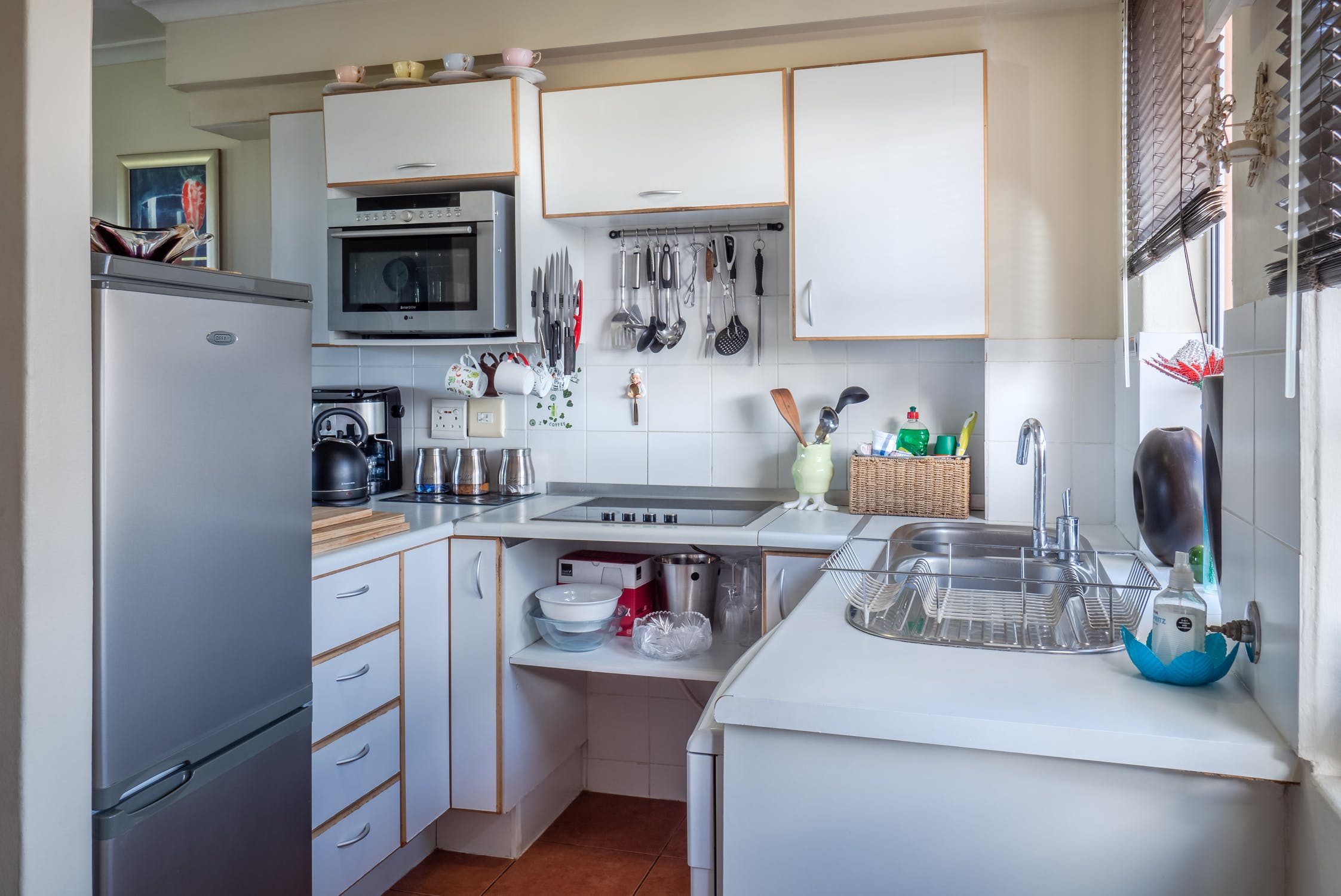An essential part of food and beverages (F&B) services operation, commercial refrigeration provides with a score of benefits to the entire process of food storage. The process is integral to deterring foodborne illnesses in several ways. The F&B industry deals with large quantities of food and food items have their specific shelf life.
All this needs to be stored safely for improper storage is one of the most common causes of spreading foodborne illnesses. This is what calls for dependence on high-grade commercial refrigeration equipment. Be it restaurants, bars, cafes, or any other commercial food service provider, it is the range of processes required in a commercial kitchen that calls for refrigeration.
Proper refrigeration refers to preserving food items at appropriate temperatures. This not only ensures safety but simultaneously aids in preserving edibles at appropriate temperatures so that it doesn’t perish fast or get wasted.
Also, be it raw or semi-processed edibles, storing inappropriate temperature enables protecting the taste and its quality. Commercial refrigerators come in myriad forms, shapes, and capacities.
From reach-in models to walk-in ones, it isn’t difficult to find a variant you need. You can always opt for one that suits your needs and preference. Before you head to invest in one for your business, it would be good to understand how it works.
How do commercial refrigerators work?
Any kind of refrigerator, be it one for your home kitchen or your business, is designed to store any kind of F&B for extended periods. The premise on which it is created aims at preventing spoilage.
In those models engineered for commercial purposes, the power and storage capacity are much more than what you require for your household. This way, be it dry meal ingredients, wet ingredients, or any category of raw or prepared food, the industrial cooling mechanism has been a boon to handling quantum food items.
The cooling process uses a law of thermodynamics. This applied technology is premised on the principle that when two objects with different temperatures are kept together, the heat from the warmer object will flow to the colder object. Similarly, the cooling system in commercial refrigeration equipment uses a solution that can transfer heat from the food unit to the machine’s storage unit known as the refrigerant.
When compressed, these gases cool as they expand and then are warmed up as they get compressed to subsequently be released.
Industrial refrigerating systems use the same refrigeration mechanism to efficiently remove the heat from the unit by using a series of pressure variations. This enables us to keep the air inside the refrigerator cold.
Food items can be carriers of a host of bacteria and viruses. Salmonella, E. Coli, Listeria are among some of these. When catering to a large population, the F&B industry has an extra responsibility of ensuring that what they serve to customers is free of any such microorganisms that can create health hazards. Not adhering to the health code mandate can lead F&B players into lawsuits.
Not just food, ice is prominently used in your beverages. Serving smelly ice can drive your customers away or make them sick, leading to a violation of health codes. Conditions such as accumulation of moulds and dirt in the freezers can make things worse even if it is equipped with an automatic cleaning cycle.
Read more on simple ways to prevent bad odor in your refrigerator at https://www.lifehack.org/articles/lifestyle/6-quick-ways-get-rid-the-bad-smells-your-fridge.html
Points to remember when buying a commercial refrigerator
One thing to remember when using a commercial refrigerator is that it requires maintenance. This will make sure that it doesn’t turn into a breeding ground for germs. Commercial units are heavily loaded and may need more frequent cleaning.
The best way to ensure thorough cleaning would be to disassemble the entire unit and clean up all components. You would need to appoint a professional service contractor who can clean the water lines, evaporators, condenser coils, fan blades, dispensers, gaskets, seals, door hinges, handles, motor conditions, etc.
Most top-rated service providers would do a complete check including checking for temperature an defrost settings, electrical connections, ice maker parts, and drain lines among others. Regular cleaning and maintenance increase the durability and efficiency of most machines and the same are true for refrigerators.
The under-counter fridge models allow convenient access to edible items stored in them. These are time-saver units which can be placed under any food preparation counters. So, if you need an exclusive unit for preserving your sauces and condiments, this one could make a good choice. For bulkier edible items, you can choose the walk-in refrigerators as they offer ample space for storing a variety of edibles.
Aside from the design, size, and capacity of your commercial chilling unit, it would be thoughtful to pay attention to its make as well. Most top manufacturers focus on using eco-friendly refrigerants along with power-saving benefits.



